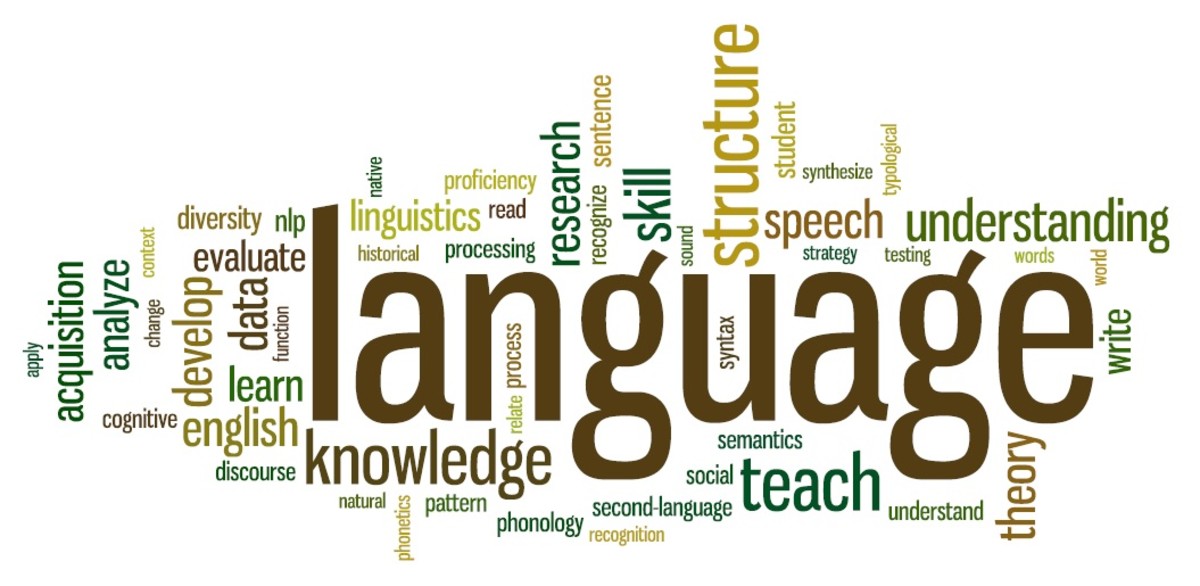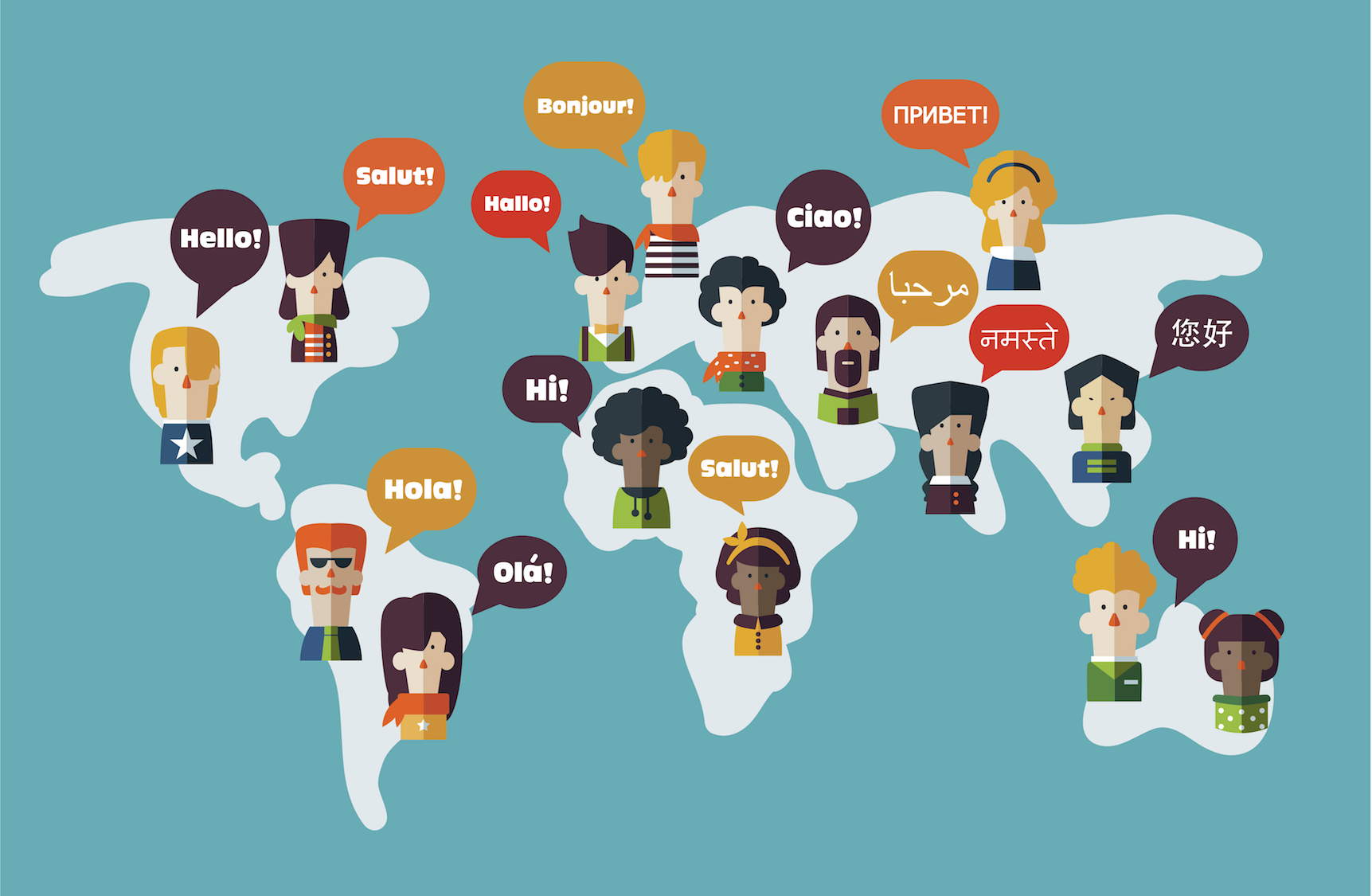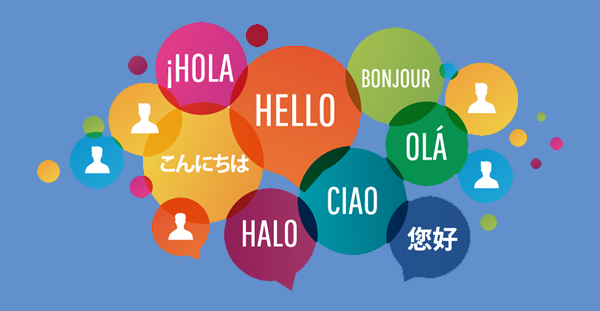Exploring Iran's Languages: Beyond Just Persian
Iran, a land steeped in ancient history and vibrant culture, is often perceived through the lens of its dominant language, Persian. However, delving deeper into the linguistic landscape reveals a fascinating tapestry far richer and more complex than many might imagine. The question of what language is spoken in Iran uncovers a remarkable story of diversity, identity, and tradition, reflecting centuries of migrations, empires, and cultural exchanges.
While Persian undoubtedly holds the status of the official language and serves as a vital lingua franca across the nation, it represents only one thread in Iran's intricate linguistic fabric. The country's unique geographical position at the crossroads of civilizations has fostered an environment where numerous languages and dialects coexist, each telling a part of Iran's multifaceted narrative. This article aims to unravel the complexities of the languages spoken in Iran, exploring not only the prevalence of Persian but also the significant presence and cultural importance of its many minority tongues.
Table of Contents
- The Dominance of Persian: Iran's Official Tongue
- Constitutional Mandate and Linguistic Policy
- Iran's Rich Linguistic Diversity: Beyond the Official Language
- The Iranic Language Family: A Broader Perspective
- Regional Variations and Dialects
- The Role of Language in Cultural Identity
- Challenges and Minority Language Rights
- Understanding "Iranian" vs. "Iranic"
The Dominance of Persian: Iran's Official Tongue
When discussing the language spoken in Iran, Persian, also known as Farsi, invariably comes to mind first. It is, without question, the most widely spoken language in the country and holds the esteemed position of the official language. Its historical roots stretch back centuries, making it an integral and deeply embedded part of Iran's cultural identity and heritage. Persian serves as the primary medium for communication, education, and government affairs across the vast nation.
Data indicates that slightly more than half of Iran's population speaks a dialect of Persian. This widespread usage ensures its role as a unifying force, enabling communication among the diverse Iranian population who may otherwise speak different regional languages. The prominence of Persian is not merely a matter of numbers; it's a testament to its enduring legacy as the language of classical poetry, philosophy, and administration that has shaped the region for millennia.
Persian as a Macrolanguage
It's crucial to understand that "Persian" is technically considered a macrolanguage. This classification encompasses several closely related languages or dialects, including Dari (also known as Afghan Persian) and Tajik (the spoken language of Tajikistan). While these are distinct in their own right, they share a common linguistic ancestry and a high degree of mutual intelligibility with the Persian spoken in Iran. In fact, there are Dari speakers within Iran's borders as well, further illustrating the interconnectedness of these linguistic forms.
From a broader perspective, "Persian" can be better conceptualized as a written, literary standard. While there are very slight lexical differences across various regions—such as between Farsi (Iranian Persian), Dari (Afghan Persian), and Tajik—the core structure and vocabulary remain remarkably consistent. This allows for a shared literary tradition and a common understanding across a wide geographical area, extending beyond Iran's contemporary borders. This nuanced understanding helps to clarify why the language spoken in Iran is part of a larger linguistic continuum.
- Kelly Crull Husband
- Richard Dean Anderson Spouse
- Chanel West Coast Husband
- Ara Celi Actress
- Nevalee Oneill
Constitutional Mandate and Linguistic Policy
The importance of Persian is formally enshrined within the legal framework of the Islamic Republic of Iran. The constitution explicitly asserts that the Persian language alone must be used for schooling and for all official government communications. This constitutional mandate underscores the central role of Persian in national unity and administration, ensuring a standardized linguistic environment for state functions and public education.
While this policy aims to foster a national identity and streamline governance, it also has implications for the numerous minority languages spoken in Iran. The emphasis on Persian in official capacities means that speakers of other languages often need to be proficient in Persian to navigate the educational system, access government services, and participate fully in national life. This creates a dual linguistic reality for many Iranians, where their native tongue is used at home and within their communities, while Persian is essential for broader societal engagement. The balance between promoting a national language and preserving linguistic diversity is a constant consideration in Iran's cultural and educational policies.
Iran's Rich Linguistic Diversity: Beyond the Official Language
Despite the constitutional emphasis on Persian, Iran's diverse cultural and ethnic makeup creates a rich tapestry of languages spoken throughout the country. While Persian (Farsi) is the official language, the nation’s linguistic diversity is vast, encompassing numerous minority languages and dialects. This vibrant linguistic landscape is a direct reflection of Iran's long history as a melting pot of various ethnic groups, each contributing to the country's unique cultural mosaic.
It is estimated that there are nearly 79 other languages spoken in Iran, alongside countless regional dialects. These languages are not mere historical curiosities; they are living, breathing tongues used in daily communication, traditional ceremonies, and cultural practices by millions of people. This linguistic richness is a source of national pride for many, showcasing the deep historical layers that form modern Iran.
Major Minority Languages
The presence of various ethnic minorities in Iran means that their native languages are widely spoken in specific regions. For example, Azerbaijani Turkish is predominantly spoken in the Azerbaijan provinces in the northwest of Iran, bordering Azerbaijan and Turkey. Kurdish is the primary language in Kurdistan province and other western regions, reflecting the large Kurdish population there. Arabic is spoken in Khuzestan province, located in the southwest, due to its significant Arab population. Balochi is the language of Sistan and Baluchestan province in the southeast, near the border with Pakistan and Afghanistan.
Beyond these major examples, other significant minority languages include Gilaki and Mazandarani in the Caspian Sea region, Luri in the Zagros Mountains, and various Turkic dialects, among others. Even Christians in Iran speak their own specific languages and dialects within their communities, often alongside Persian. This geographical distribution of languages highlights the profound connection between ethnicity, region, and the language spoken in Iran's diverse provinces.
The Iranic Language Family: A Broader Perspective
When discussing the languages spoken in Iran, it's important to differentiate between "Iranian" as a nationality or something related to the country, and "Iranic" as a linguistic family. The term "Iranic" refers to a specific linguistic family, a branch of the Indo-Iranian languages, which itself is a branch of the larger Indo-European language family. This group includes Persian, Kurdish, Pashto, Balochi, and many others.
Crucially, the Iranic language family is not confined to the languages spoken solely within Iran’s borders. Iranic languages are spoken by over 200 million people across a wide geographical area, extending beyond Iran to Afghanistan, Tajikistan, and parts of Iraq, Turkey, Pakistan, and scattered areas of the Caucasus mountains. For instance, the most widely spoken Iranic language is Persian (Farsi), with about 84 million speakers across Iran, Afghanistan (where it's known as Dari), and Tajikistan (where it's known as Tajik). This broader perspective underscores the historical and linguistic connections that bind these regions, even as political borders define distinct nations.
Regional Variations and Dialects
The linguistic landscape of Iran is further enriched by the myriad regional languages and dialects that exist. These are not merely variations in accent but often distinct linguistic forms with their own vocabulary, grammar, and pronunciation. These regional languages or dialects reflect Iran’s long history and diverse population, having evolved over centuries within specific communities and geographical areas.
While Persian itself represents over 100 dialects and even more accents across Iran, the regional languages spoken by ethnic minorities add another layer of complexity. For instance, the Balochi language, spoken in southeast Iran in Sistan and Baluchestan province, has its own various dialects, each with subtle differences. Similarly, the various Turkic and Kurdish dialects across the country showcase the deep linguistic roots embedded in local cultures. This means that even within a single language group, there can be significant variations depending on the specific region or community.
Examples of Regional Languages
To illustrate this point, consider the linguistic diversity within Iran's provinces. In addition to the widely recognized Azerbaijani Turkish, Kurdish, Arabic, and Balochi, there are numerous other regional languages and dialects. For instance, in the northern provinces along the Caspian Sea, Gilaki and Mazandarani are spoken. These are distinct Iranic languages with their own unique characteristics, though related to Persian. In the central and western parts of the Zagros Mountains, various Luri and Bakhtiari dialects are prevalent.
These regional languages are vital for the cultural preservation of their respective communities. They are passed down through generations, used in folklore, music, and local traditions, acting as a cornerstone of regional identity. While the official sphere mandates Persian, the home and community often resonate with these vibrant regional tongues, showcasing the true depth of the languages spoken in Iran.
The Role of Language in Cultural Identity
Language is far more than just a means of communication; it is a fundamental pillar of cultural identity. In Iran, this truth resonates deeply, particularly for the country's diverse ethnic groups. For minority communities, their native language is intrinsically linked to their heritage, history, and sense of belonging. It is through their mother tongue that traditional stories are told, songs are sung, and cultural values are transmitted from one generation to the next.
The close relationship between language and identity means that linguistic diversity is not just an academic concept but a lived reality with profound social implications. While Persian serves as the national lingua franca, enabling broader communication and a shared national identity, the preservation of minority languages is crucial for maintaining the rich tapestry of Iran's cultural landscape. This duality allows for both national cohesion and the celebration of distinct ethnic heritages, each contributing to the unique character of the language spoken in Iran.
Challenges and Minority Language Rights
Despite the inherent richness of Iran's linguistic diversity, challenges exist, particularly concerning the rights and recognition of minority languages. The Minority Rights Group (MRG) highlights that although nearly half of Iran’s population comprises minorities, the government often promotes a national identity primarily based on the Persian language and Shi'a Islam. This policy, while aiming for national unity, has, at times, led to the mistreatment and exclusion of minority groups whose cultural and linguistic practices differ from the dominant narrative.
The constitutional mandate for Persian in schooling and official communications means that children from minority language backgrounds often begin their education in a language that is not their mother tongue. This can pose significant educational challenges and, for some, create a sense of disconnect from their cultural roots within the formal system. Balancing national unity with the recognition and support for linguistic diversity remains a complex issue in Iran.
Preserving Linguistic Heritage
In the face of these challenges, efforts to preserve and promote minority languages often occur at the community level. Cultural organizations, local initiatives, and families play a crucial role in ensuring that these languages continue to be spoken and taught to younger generations. The vitality of a language is directly tied to its use in daily life, traditional ceremonies, and cultural practices.
For many, the ability to speak their native language is a source of immense pride and a vital link to their ancestry. The rich history of these languages, some of which are closely related to ancient forms of Persian, underscores their intrinsic value. Ensuring that these languages thrive alongside Persian is essential for maintaining Iran's unique linguistic heritage and fostering a more inclusive national identity where every language spoken in Iran is valued.
Understanding "Iranian" vs. "Iranic"
To fully grasp the linguistic landscape of Iran, it's helpful to clarify the distinction between "Iranian" and "Iranic." These terms, while seemingly similar, carry different meanings in context.
- "Iranian": This term simply means anything related to Iran – such as its people, government, or culture – regardless of what language is spoken. An Iranian citizen could speak Persian, Azerbaijani Turkish, Kurdish, or any other language prevalent in the country. It refers to nationality and cultural affiliation with the modern state of Iran.
- "Iranic": By contrast, "Iranic" refers specifically to a linguistic family. This family includes Persian, Kurdish, Pashto, Balochi, and many other languages that share a common linguistic origin. While all Iranic languages are related, not all people who speak an Iranic language are necessarily "Iranian" in the national sense (e.g., a Pashto speaker in Afghanistan is Iranic but not Iranian). This distinction is vital for understanding the broader historical and geographical spread of these languages beyond Iran's contemporary political borders.
This clarification helps to illustrate that while the dominant language spoken in Iran is Persian (an Iranic language), the country is also home to speakers of many other languages, some of which are Iranic and some of which belong to other language families, such as Turkic (e.g., Azerbaijani Turkish) or Semitic (e.g., Arabic).
Conclusion
The linguistic landscape of Iran is a testament to its profound historical depth and cultural diversity. While Persian (Farsi) stands as the official language and a powerful symbol of national identity, it is but one significant thread in a much larger, more colorful tapestry. The presence of numerous minority languages like Azerbaijani Turkish, Kurdish, Arabic, and Balochi, alongside countless regional dialects, paints a picture of a nation where linguistic heritage is as rich and varied as its geography.
Understanding what language is spoken in Iran goes beyond a simple answer; it requires an appreciation for the complex interplay between constitutional mandates, ethnic identities, and the daily lives of millions. This diversity is not merely a demographic fact but a living, breathing aspect of Iranian culture that continues to evolve. We encourage you to delve deeper into the fascinating world of Iran's languages. What surprised you most about Iran's linguistic diversity? Share your thoughts in the comments below, and consider exploring other articles on our site to further your understanding of global cultures and languages.
- Daisy Edgar Jones Boyfriend
- Chanel Santini Age
- Jayson Tatum Wife
- Faye Maltese
- Alex Guarnaschelli Boyfriend

What Is Language? The 5 Basic Elements of Language Defined - Owlcation

The Languages That Will Dominate the World in 10 Years - Frederick

Interesting facts about languages